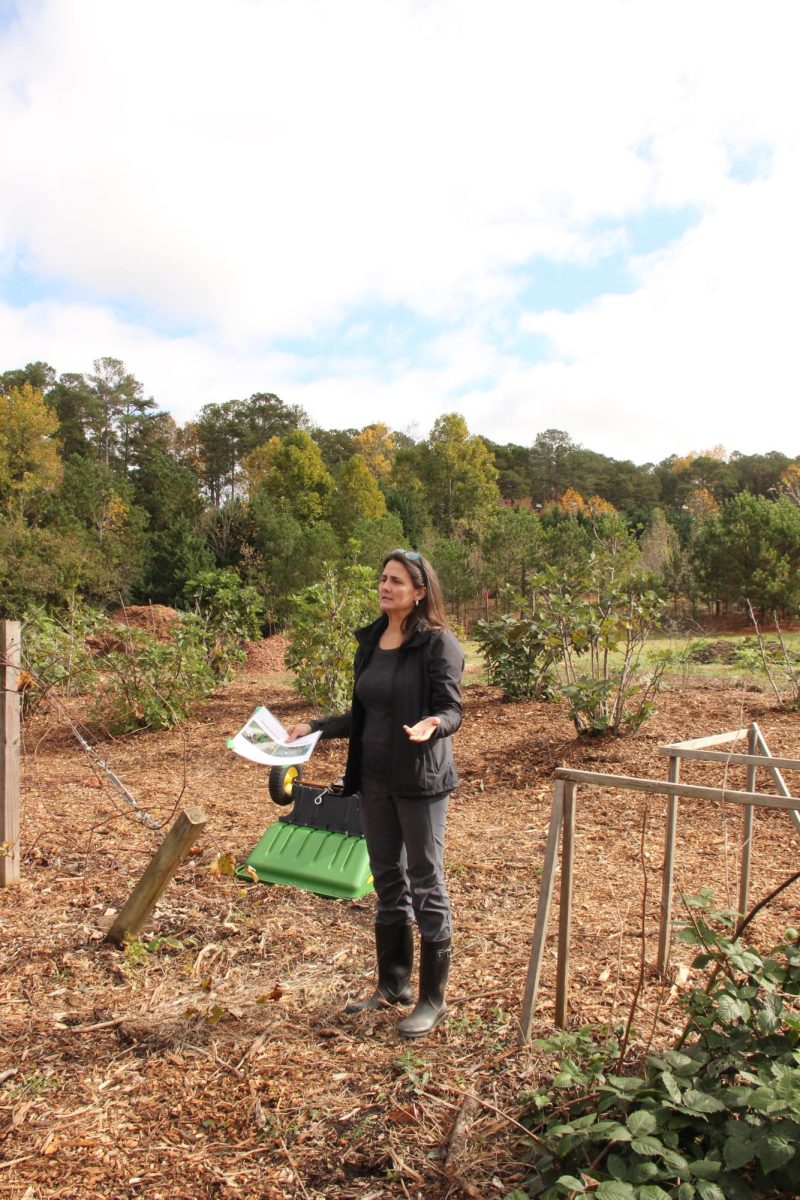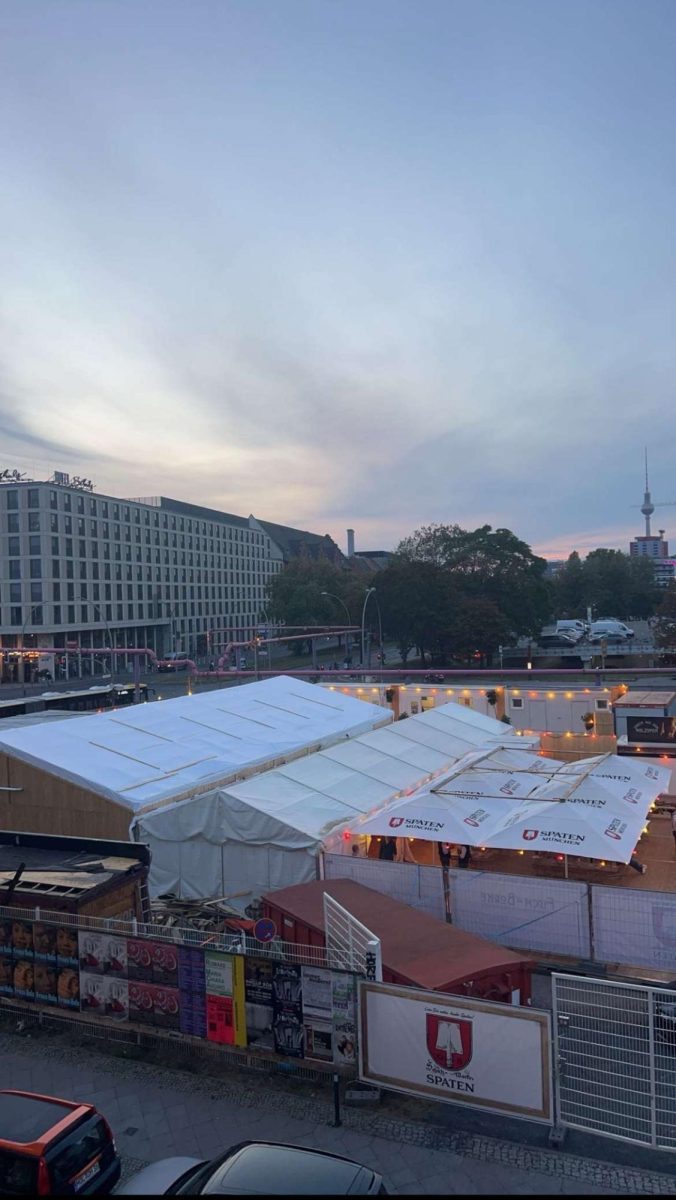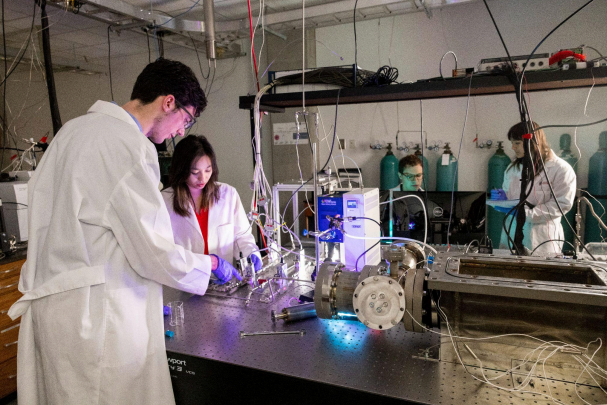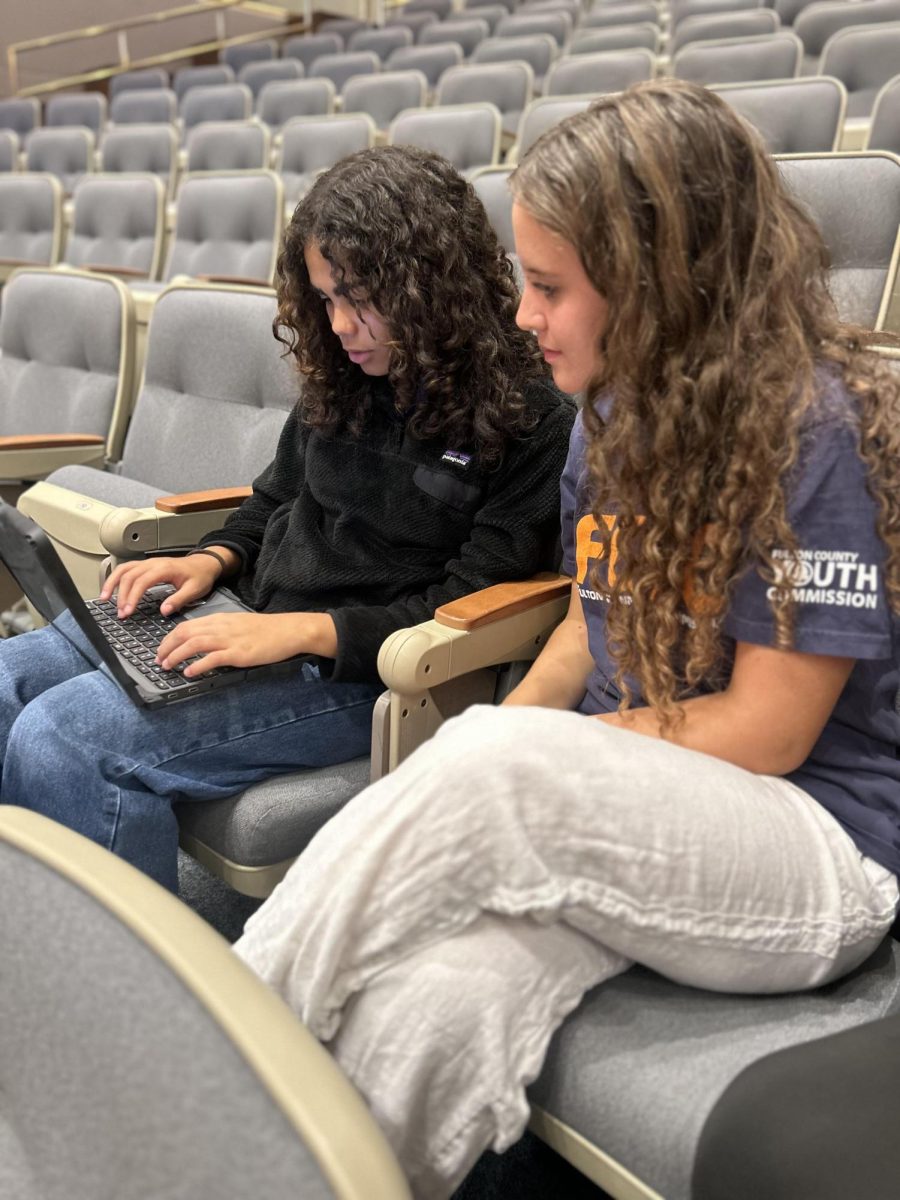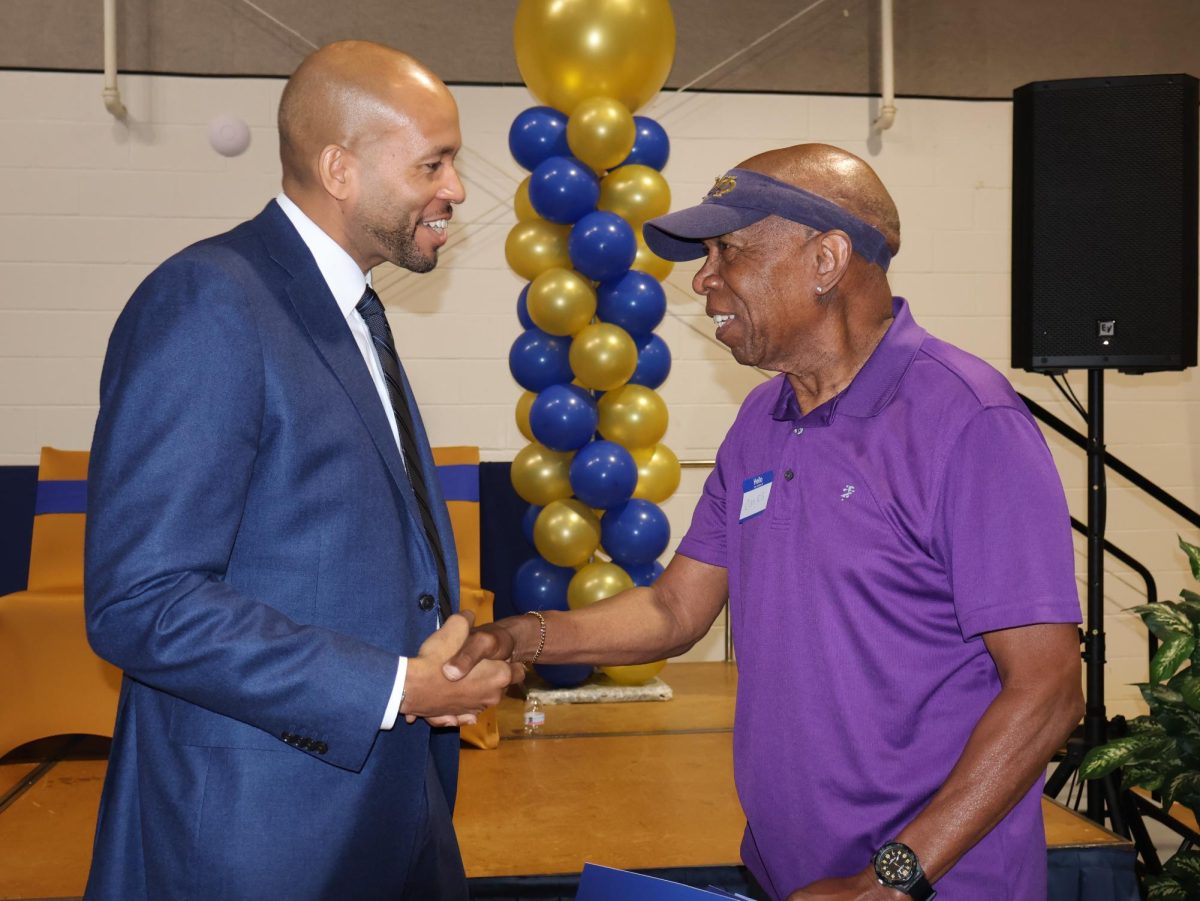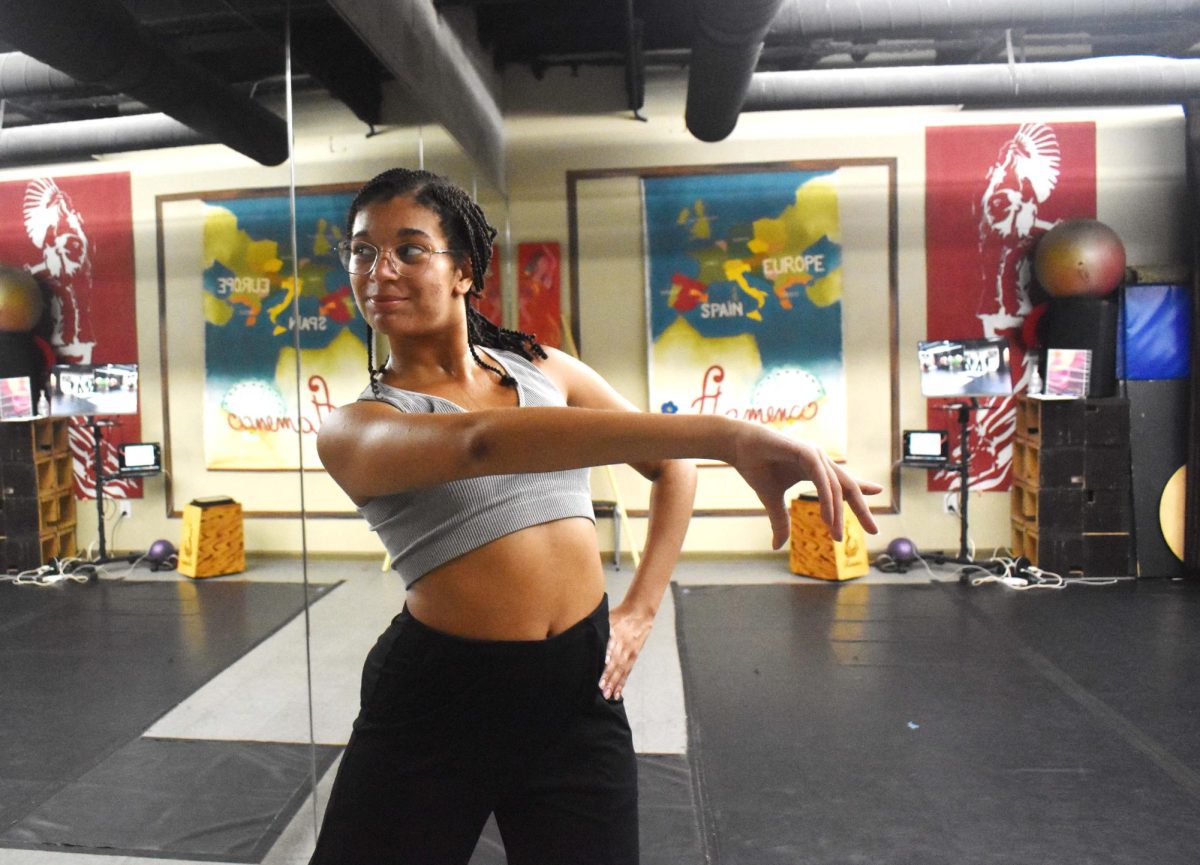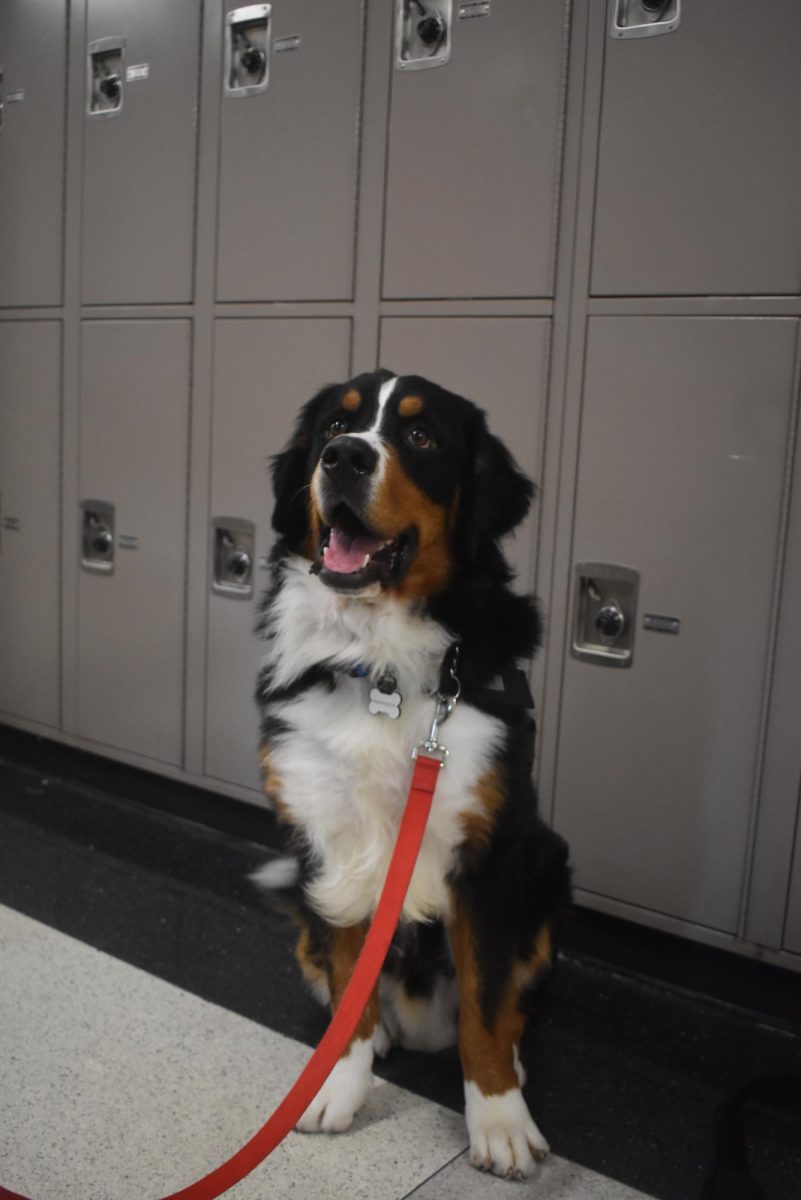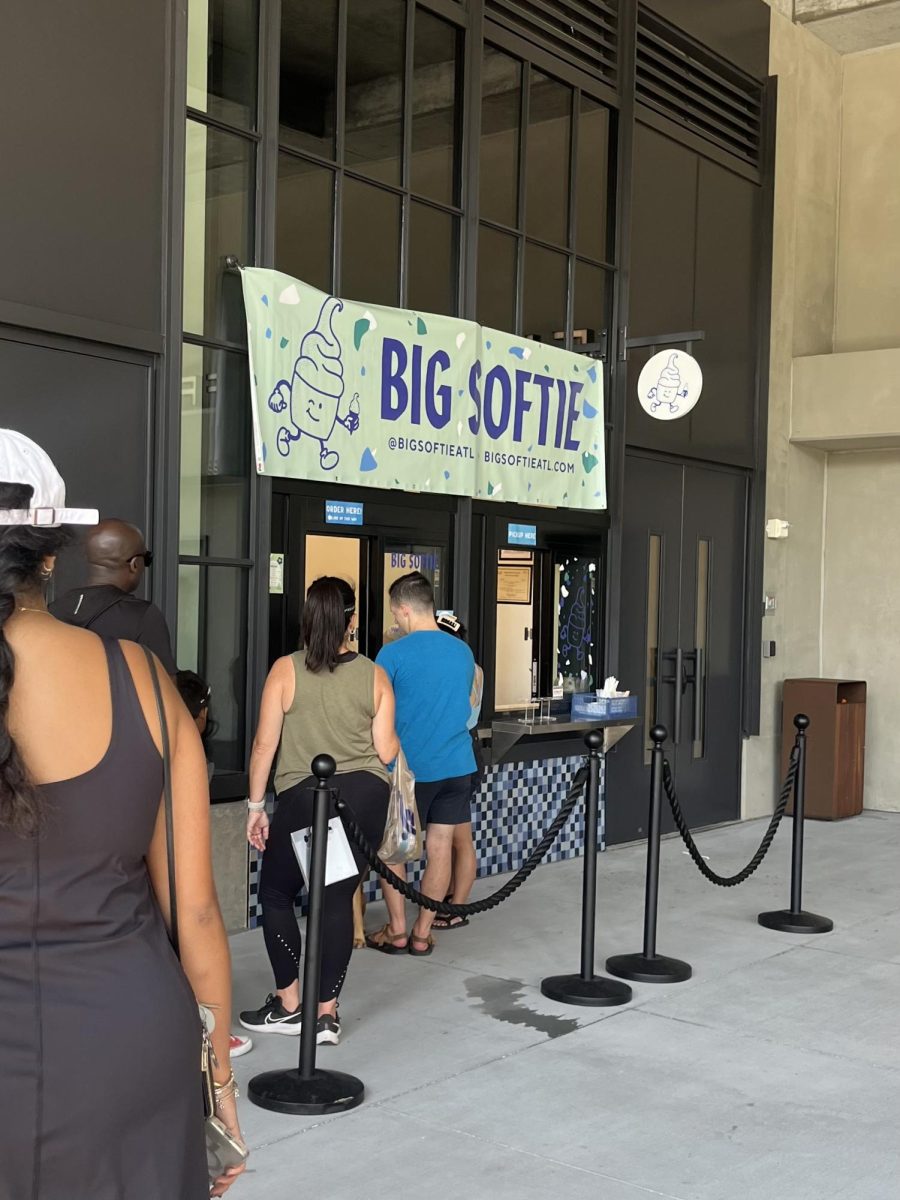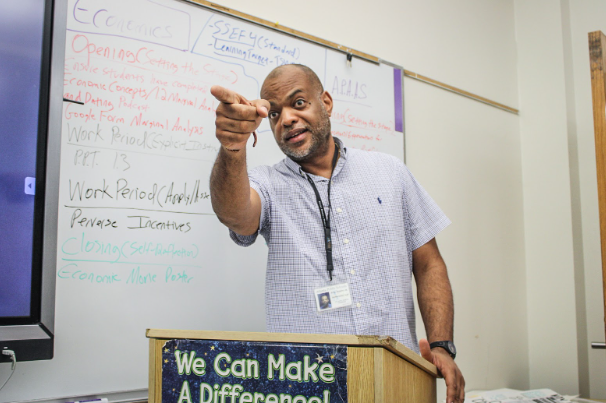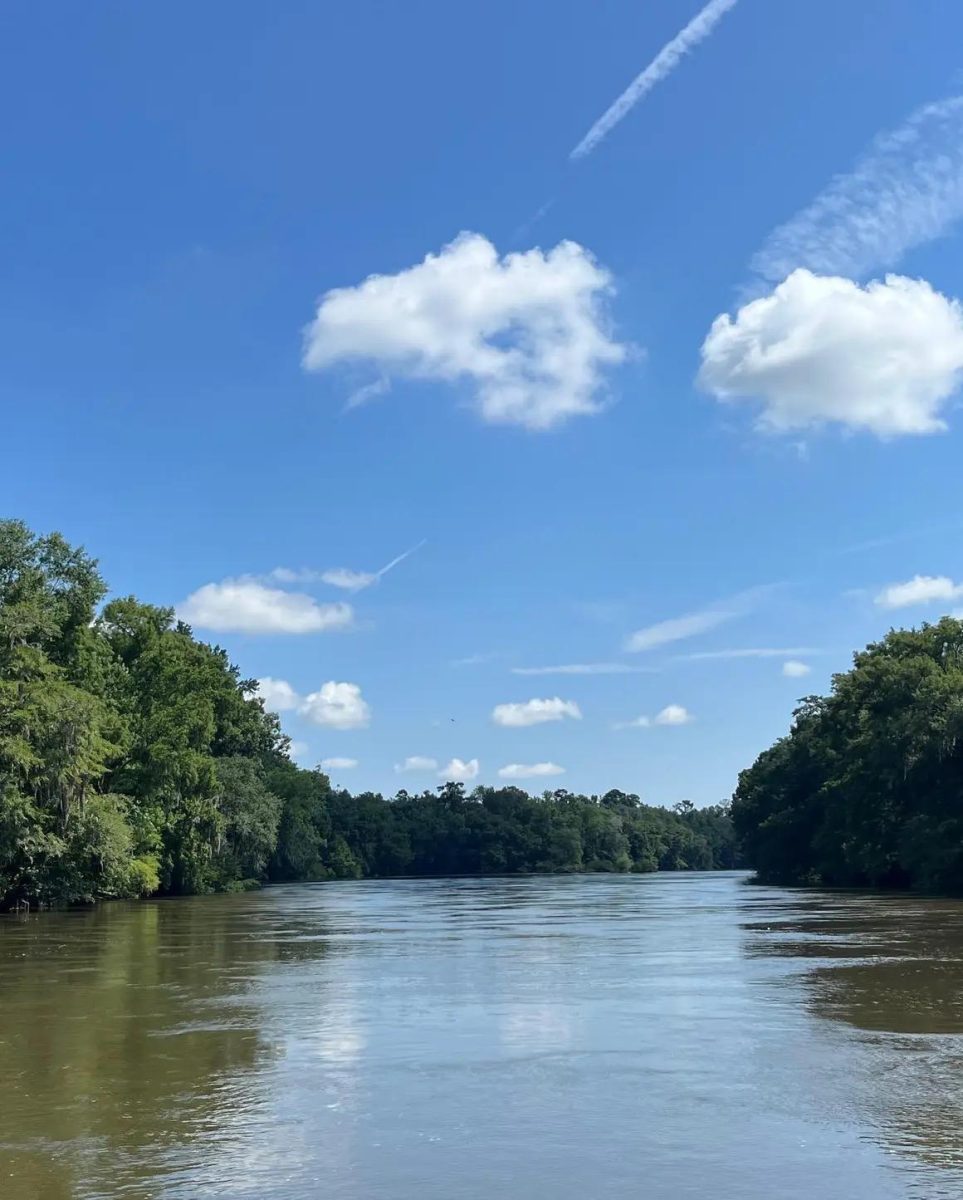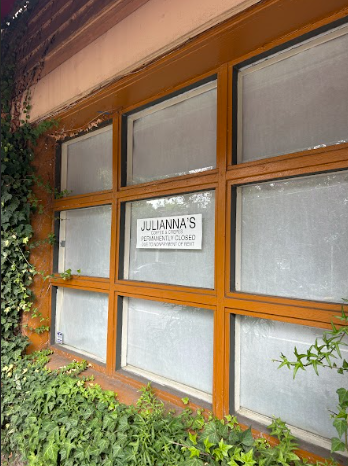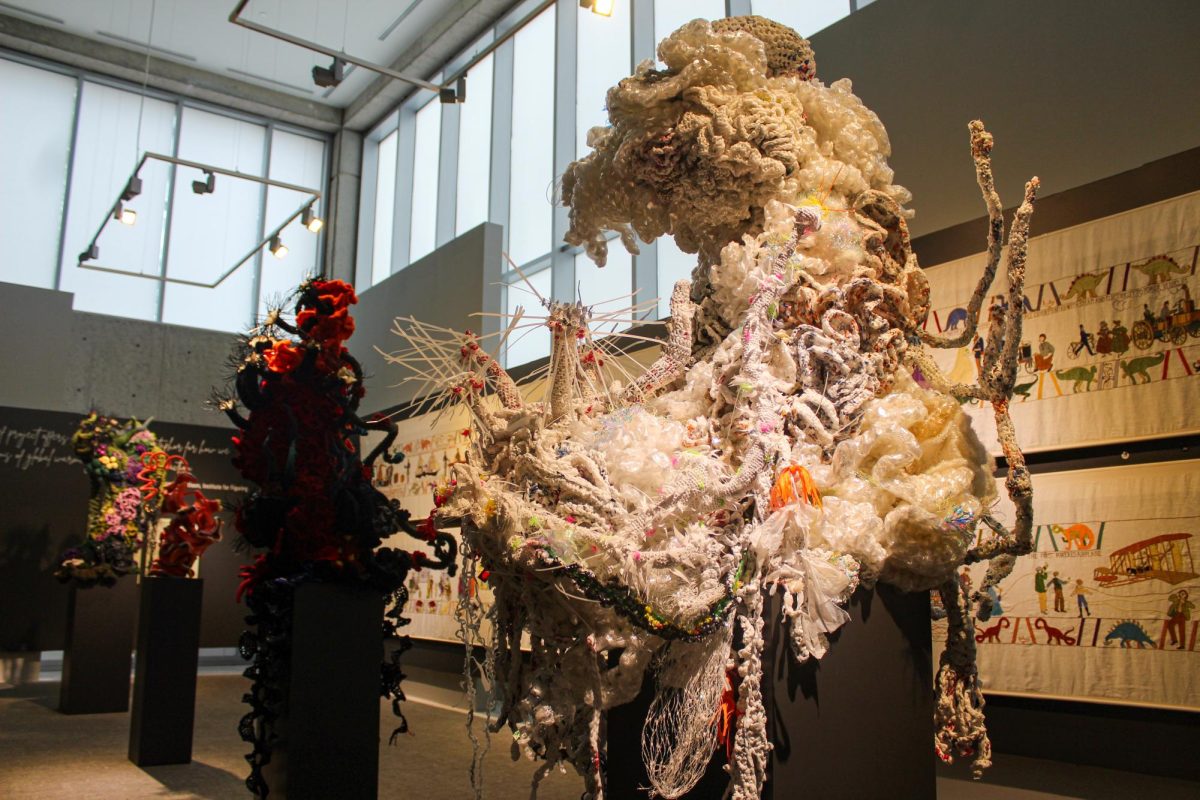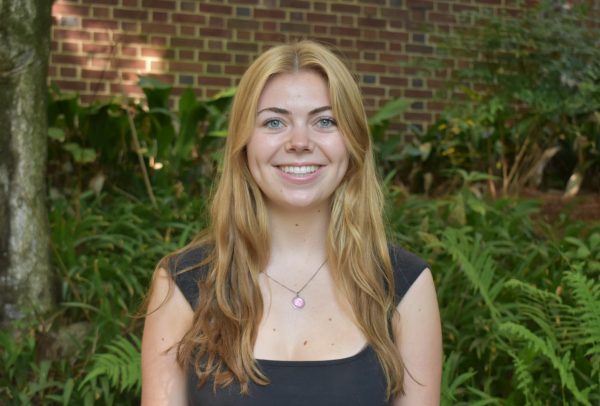The Kennesaw State University Food Forest serves as a model for sustainable agriculture in urban areas, providing food to those in need, as well as an outlet for student research and education.
The Food Forest was created in 2019 by a KSU geography professor, a lecturer and the Operations Manager for the KSU Field Station. After a COVID-19 delay, the KSU Food Forest has become a third of an acre garden growing nutrient-rich vegetables, fruits, nuts and herbs that are donated to students in need. These crops are intended to improve and preserve the health of the soil and environment.
“The purpose of a food forest is to be a model of sustainability,” student Grace Bloomberg, who has a work study position with the garden, said. “Usually, our food is grown in a monoculture system; so, it’s just one crop for acres. This way, in a food forest, the different types of plants really interact. They benefit each other. They give more biodiversity, so it’s less susceptible to pests and disease and stuff like that. It’s just really a more sustainable system of growth.”
The food forest is part of a 24-acre field station containing research labs, a native plant nursery, a forensic field lab and an orchard, all dedicated to student research, innovation and education. While the field station donates food to KSU’s dining hall, the food forest aims to address food insecurity by donating to the campus food pantry through KSU CARES, which is dedicated to providing resources and empowerment services to KSU students in need.
“We don’t sell any food,” KSU geography professor Dr. Slinger-Friedman, who helped create the Food Forest, said. “We only give food away because we’re trying to address food insecurity. We have production that we’re giving to KSU CARES. It’s a pantry with a lot of non-perishable foods, but they’ve got refrigeration; so, we try to give them fresh veggies and fruit if we can.”
According to the United States Department of Agriculture’s Food Access Research Atlas, over one in every four Atlantans live in neighborhoods defined as food deserts, or areas with limited geographic access to fresh meats and produce. Dr. Slinger-Friedman said the food forest model plays an integral part in addressing these inequalities.
“There are areas with a real lack of access to good, nutritious food,” Dr. Slinger-Friedman said. “One way to supplement that, to get that food, is to have a system like this, where you’re going to have access to fresh fruits and nuts.”
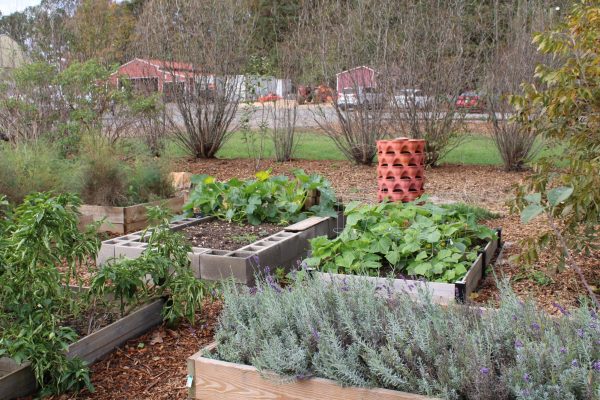
Nathan Fraze, a student who works at the field station, believes an essential aspect of the food forest is educating and providing resources to people in food desert areas.
“We’re also setting a model for other food forests in the area, trying to teach people about how to set up their own food forests,” Fraze said. “Hopefully, [we will] be able to inspire and inform people to create all these different food forests around; so, they can grow their own food, and they’re not depending on other people, and they’re getting to know where [their food] comes from.”
The food forest model has already expanded to the community of Pittsburgh in Southwest Atlanta. Dr. Slinger-Friedman said she hopes to spread food forests to all food deserts in Metro Atlanta.
“We created [the food forest] as a model to address food insecurity in urban areas,” Dr. Slinger-Friedman said. “We are already in Southwest Atlanta, the Beloved Community Food Forest in Pittsburgh. About two years ago, we went there with the community members and created a food forest.”
Dr. Slinger-Friedman said in addition to educating residents, the food forest and field station are dedicated to improving and furthering the education of KSU students through hands-on learning.
“It’s a great space for education because people from different majors and different perspectives can come there and learn a lot and apply concepts that they learn in the classroom, actually apply them like in real life, actually be practicing them in a different way than you would get just in a classroom space,” Dr. Slinger-Friedman said. “It creates a space for a different type of educational experience. It really is creating that space where you can look at that content that you’ve learned in a classroom in a completely different kind of way.”
Fraze, who plants, weeds, operates machinery and performs other necessary tasks for the field station, said his outlook on food production has shifted throughout his experience working on the food forest.
“I knew where food comes from and all that, but you’re so disconnected from it all,” Fraze said. “You’re buying it from the farmer’s market or supermarket, but you’re not growing it. So, being here and growing it, you see where it comes from, and you also see … everything produces a lot more than you think … and it’s also not that hard to do.”
Fraze believes educating people is essential to spreading sustainable urban gardens.
“I think if we could teach other people and connect it to them and be like, ‘Hey, it’s not this hard and look how much it actually grows,’ then a lot more people would be growing their own food,” Fraze said. “That could help so many other people.”
The field station was cultivated at an old cement mixing plant. Dr. Slinger-Friedman said repurposing and improving the soil was a long and difficult process, but it served as a model for how to sustainably repurpose land in urban environments.
“The field station was a cement mixing facility, and so, the soil was very degraded,” Dr. Slinger-Friedman said. “We saw a lot of parallels for urban areas where you don’t have very good land, not very big pieces of land. So, you have to think, what can you do on a small piece of land that’s somewhat degraded. How do you make it productive?”
Bloomberg said the KSU food forest has shown her this model has the capacity to benefit food-insecure communities by providing nutritious food through sustainable practices.
“It benefits everyone,” Bloomberg said. “It benefits the environment. It benefits you. If you can have this system in your yard, in your community, then you can get fresh, locally-grown food. There’s no pesticides on it. It’s grown in a way that’s good for the environment. It’s especially good for urban areas because it doesn’t take a lot of space. Everything is layered, and it is perennial, meaning year-after-year, the plants will come back so it doesn’t take a lot of maintenance. It’s really easy for people in food desert areas to have a source of food right in their backyard.”

